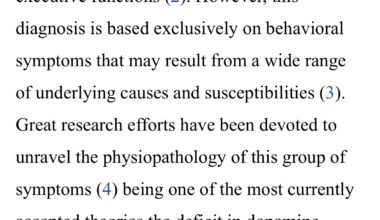ADHD
Reflective Practice | A Research Reminder | Altered Cervical Vestibular-Evoked Myogenic Potential in Children with Attention Deficit and Hyperactivity Disorder.
When supporting other therapists to interpret their clinical data, I find a common theme tricky patterns emerging while trying to…
 16 Nov, 21
16 Nov, 21 
